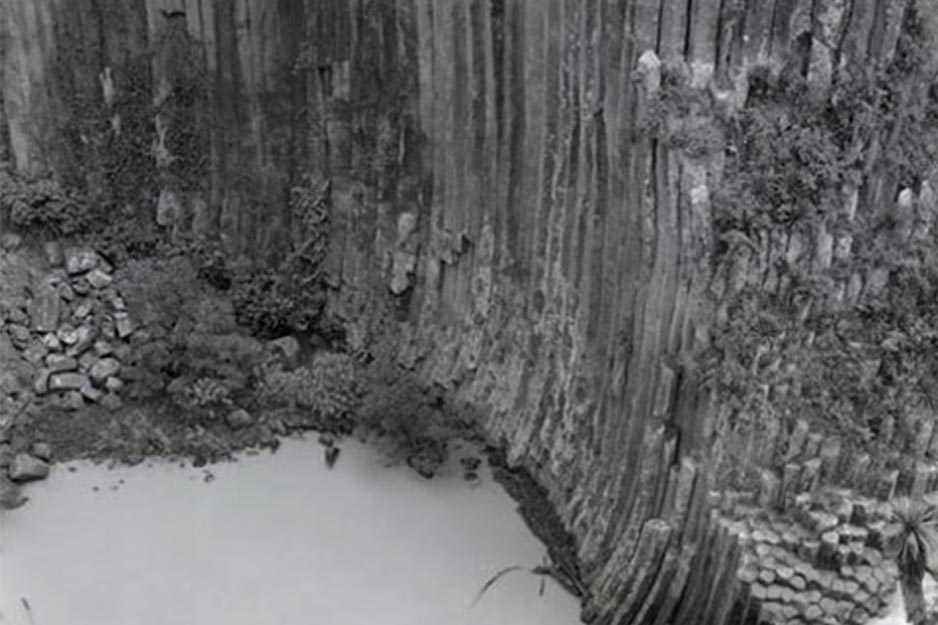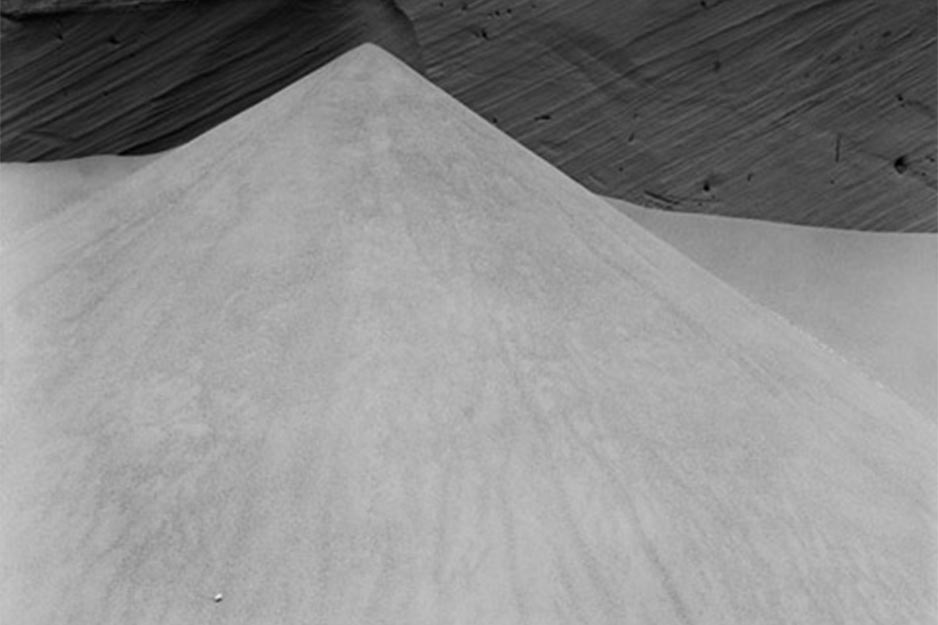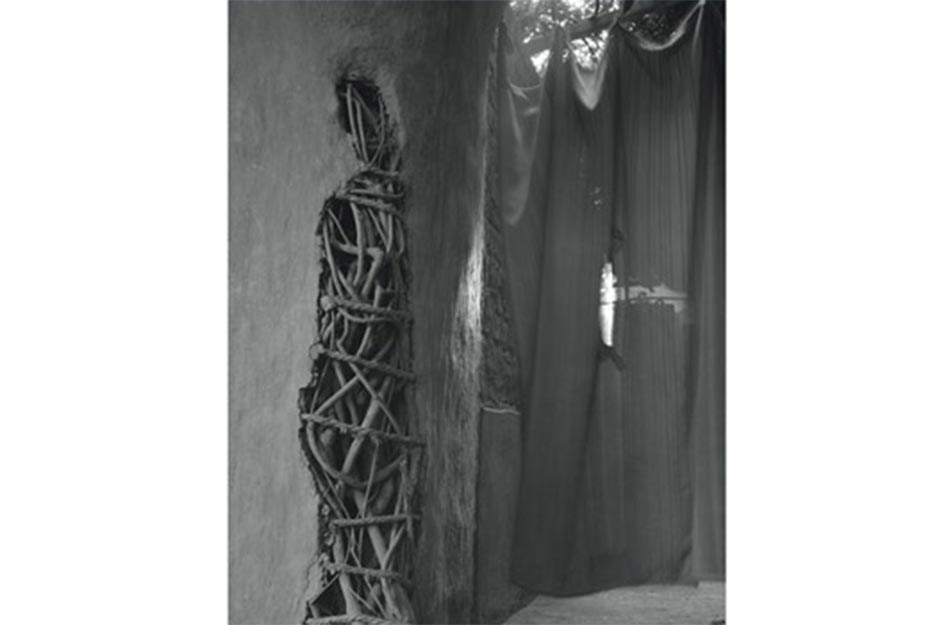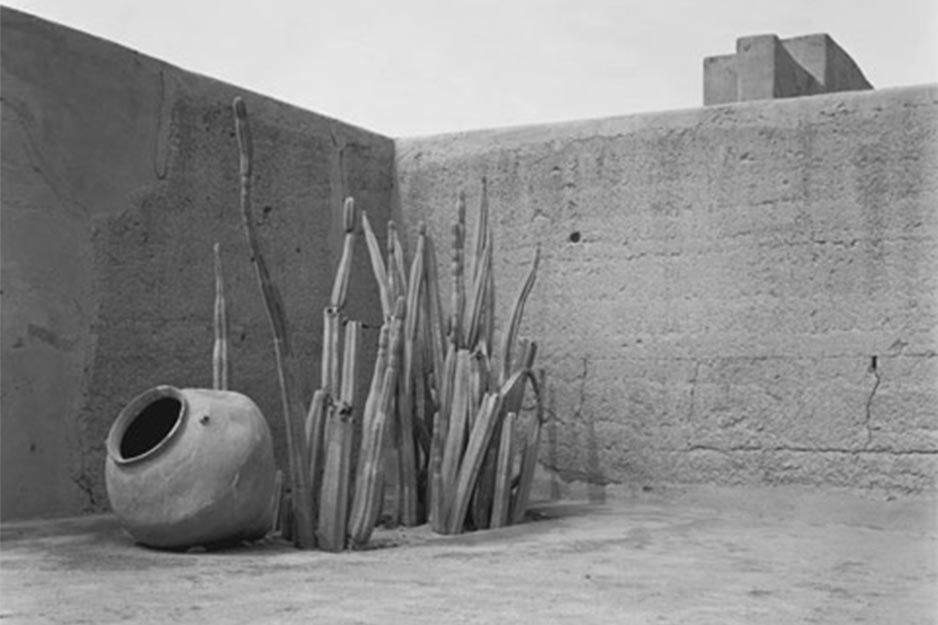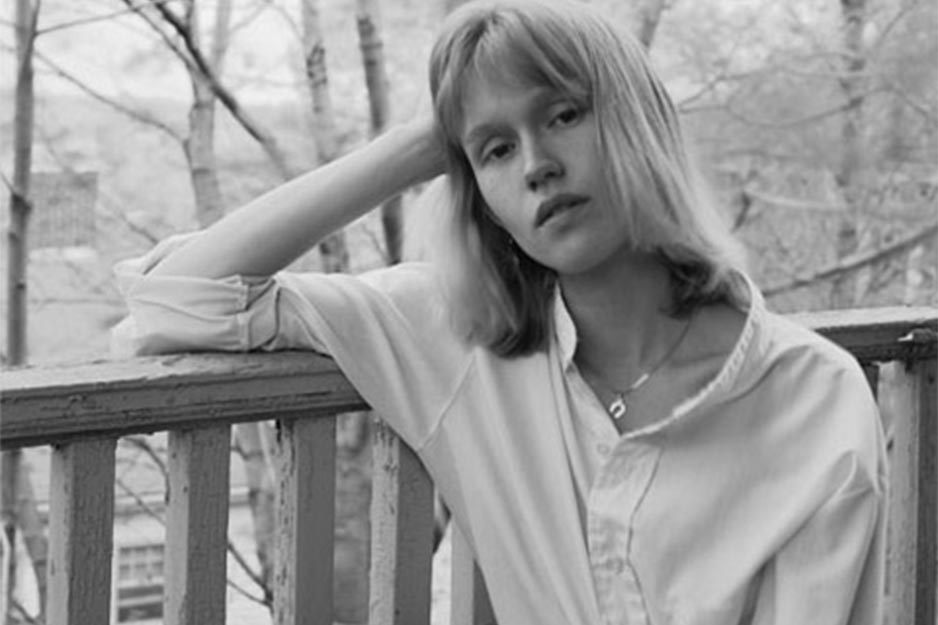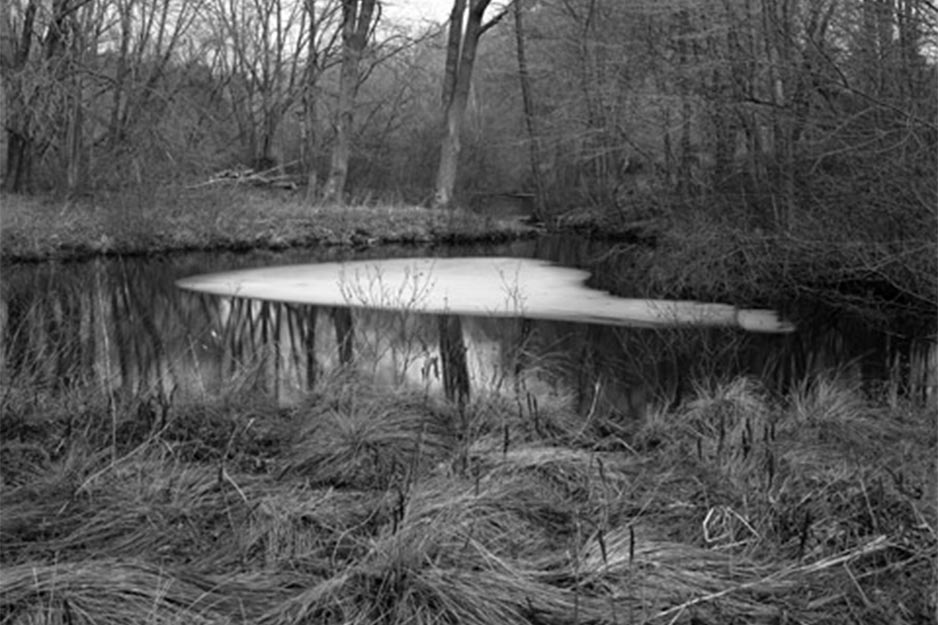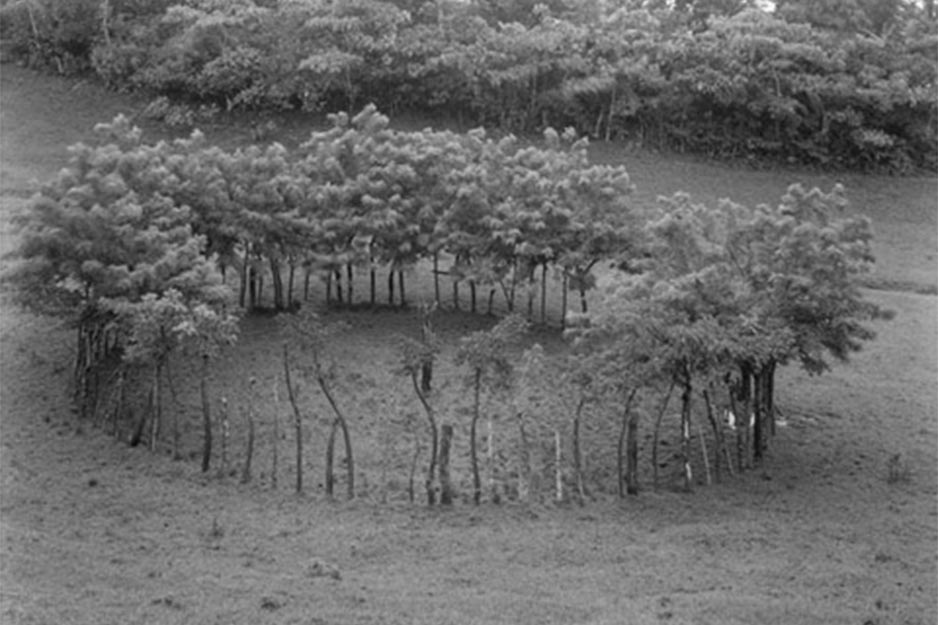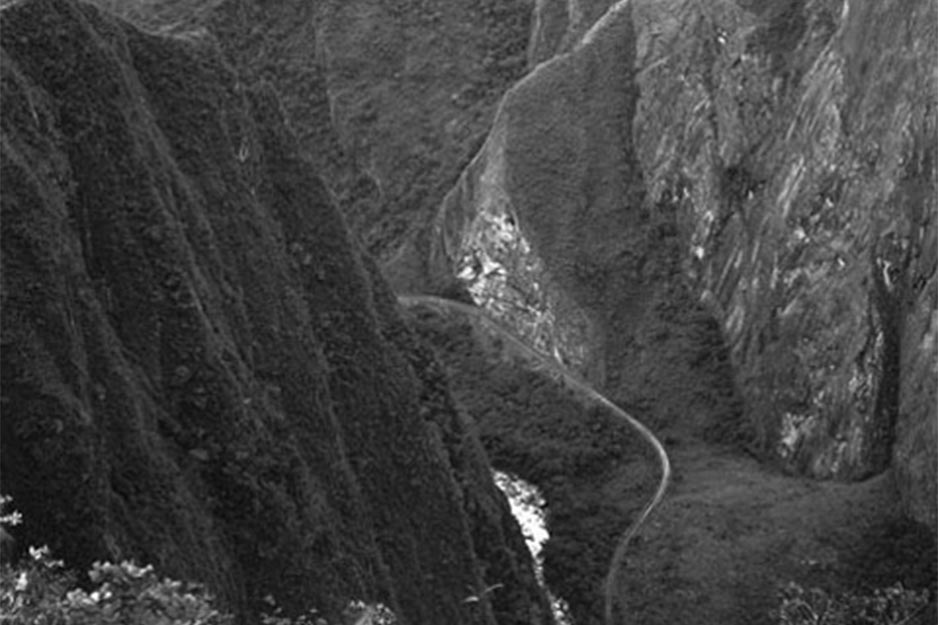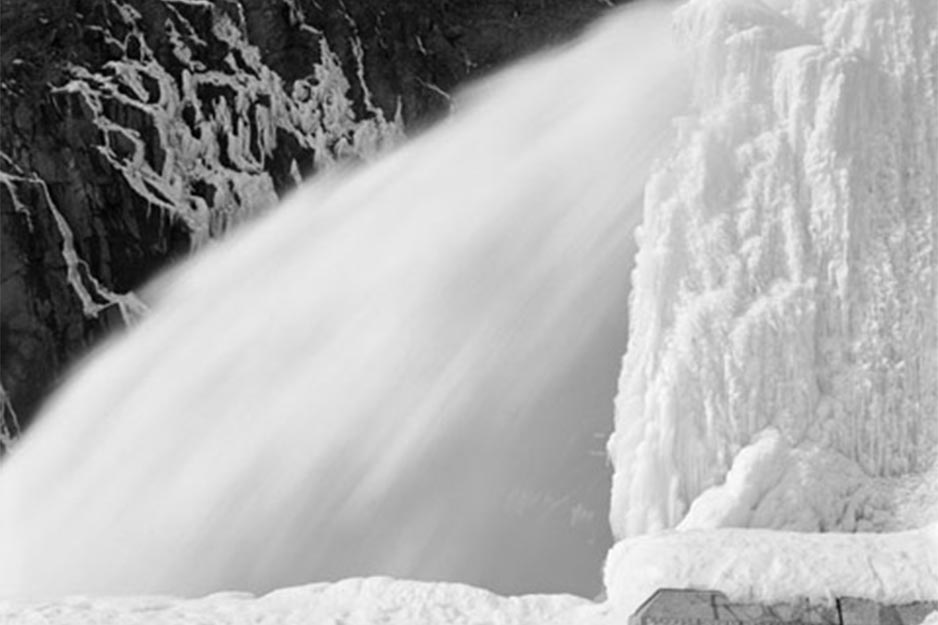Maestro de la Impresión en Platino Descubre un Rango Tonal Espectacular con el Sistema d'Vinci de Roland
Lenny Eiger
Lenny Eiger es un fotógrafo de fotógrafos, un gran y consumado artista y maestro pintor. Sus fotografías despliegan un excelente talento artístico y tienen sentido de tiempo y lugar, intimidad e integridad. Eiger también es un impresor fotográfico de primera y está entre un puñado de artistas que revivieron el proceso de impresión en platino en los años 1970. Él ha creado impresiones para muchos de los más distinguidos fotógrafos del mundo, entre ellos Richard Avedon.
Un verdadero maestro, Eiger considera que la fotografía debe ser sobre la humanidad, eso en el fondo es la profundidad de la relación de uno con el tema que expresa, no sólo la imagen por sí sola.
La trayectoria de Eiger en bellas artes y fotografía es amplia. Él tiene una maestría en bellas artes de Pratt Institute en Nueva York City y 10 años de experiencia educativa universitaria en Parsons School of Design, The Cooper Union, y New School en New York City, así como en la Academy of Art en San Francisco, donde enseñó formato grande, platino y otros procesos no de plata, fotoquímica y la historia de la fotografía. Él también ha impartido talleres en Cone Editions Press en Vermont.
Eiger vive actualmente en Petaluma, California con su esposa Vairagya y su hija Lena, y administra EigerStudios, un estudio de escaneo de tambor e impresión artística de alta gama. EigerStudios está respaldado por dos sistemas Roland DG dVinci de 54" a 12 colores, basados en la tecnología de inyección de tinta Hi-Fi JET Pro II de la empresa. También cuenta con el máximo escáner de tambor Aztek Premier de 8.000 dpi.
“La impresora d’Vinci con las tintas correctas, al ser utilizada por un artesano experto y conocedor, tiene incluso una mayor tonalidad que las impresiones en platino,” dijo Eiger. “Los resultados son espectaculares”
“El sistema Roland DG d’Vinci verdaderamente me ha asombrado,” dijo Eiger. “El espacio cromático es mayor y más preciso que el de cualquier otro sistema de colores y los negros adicionales presentan una gradación más uniforme que cualquier otro sistema existente. Las impresiones son simplemente espléndidas.” Para facilitar su producción de calidad de museo, Eiger ha dedicado una de sus impresoras para impresiones en blanco y negro y la otra para color completo. El sistema de color d’Vinci utiliza ocho tintas Roland DG (CMYKLcLm y naranja y verde) y cuatro tintas Jon Cone. Con la extensa combinación de tintas, dice Eiger, “Tengo aproximadamente 200.000 más colores en mi espacio cromático que otras impresoras.”
Eiger vuelve a mezclar sus propias tintas para el sistema d’Vinci de blanco y negro, y ha desarrollado un sistema que utiliza seis tintas negras y blancas que produce en un tono sepia carbón, otras seis para un tono selenio y una mezcla de las 12 para el neutro. Además, este sistema puede crear tonos divididos y cualquier combinación de tonos cálidos y frescos que un cliente requiera. Él utiliza el RIP StudioPrint de ErgoSoft para controlar individualmente cada uno de los 12 puntos Roland DG y definir entornos distintos. Según Eiger, sus impresoras d’Vinci son las más avanzadas en la industria y lo único en su clase en el país.
"Soy un artista y adoro la impresión", dijo Eiger. "Es una de mis pasiones. Yo trabajo hasta que la imagen esté perfecta, sin que importe la cantidad de impresiones de prueba, los enmascaramientos de canales y las capas de ajuste que se necesiten. Por lo general hacemos las cosas de la forma prolongada para conservar toda la calidad de la imagen original."
La impresión en blanco y negro de Eiger se informa con el profundo entendimiento del proceso de impresión en platino y por su propia destreza artística. “La impresora d’Vinci con las tintas correctas, al ser utilizada por un artesano experto y conocedor, tiene incluso una mayor tonalidad que las impresiones en platino,” dijo Eiger. “Los resultados son espectaculares.”
Uno de los proyectos recientes de Eiger fue para un diseñador famoso que necesitaba una pieza para la pared de la casa de un cliente. El diseñador llegó al estudio de Eiger con bananos en la mano. Eiger fotografió uno de ellos con su cámara de 8”x10” y luego escaneó la imagen a 8.000 dpi, convirtiéndola en un archivo de 15 gigabytes. Tras agregarle negros adicionales a los bordes de la imagen, Eiger la imprimió en la d’Vinci a resolución completa y sin interpolación a 400 dpi para crear una impresión de 48” x 21’. “La Roland DG me ha permitido dimensionar mi trabajo a este nivel,” anotó Eiger. “Es simple e increíblemente uniforme.”
Al imprimir para otro fotógrafo, bien sea a color o en blanco y negro, Eiger anota que debe hacer a un lado su propia estética para imprimir al estilo de ellos, en vez del suyo. Él confía en su conocimiento profundo y experiencia educativa para el trabajo. “Primero, es esencial entender el género en el que el artista trabaja,” dijo ''el. “Uno también necesita un conocimiento profundo de la historia de la fotografía. Al enseñar uno tiene que ver lo que los alumnos quieren conseguir y ayudarles a hacerlo. Ese principio también es relevante en la impresión. Finalmente, uno necesita el conocimiento y los equipos para conseguirlo.”
Él continuó diciendo, “Muchos de los impresores artísticos le apuntan a un resultado de 80-85% y opinan que eso es suficiente para los clientes. Aquí, nosotros sólo producimos impresiones de calidad de museo, así que nos empeñamos en siempre hacerlo al 100%. Nuestros clientes son artistas y fotógrafos bastante exigentes; ellos se acercan a las impresiones finales lo que más pueden y siguen enfocando, y esperan que la impresión sea exactamente lo que ellos conciben, como si ellos mismos hubieran hecho las impresiones para exponerlas en un museo.”
Ve a www.eigerstudios.com para conseguir más información.
